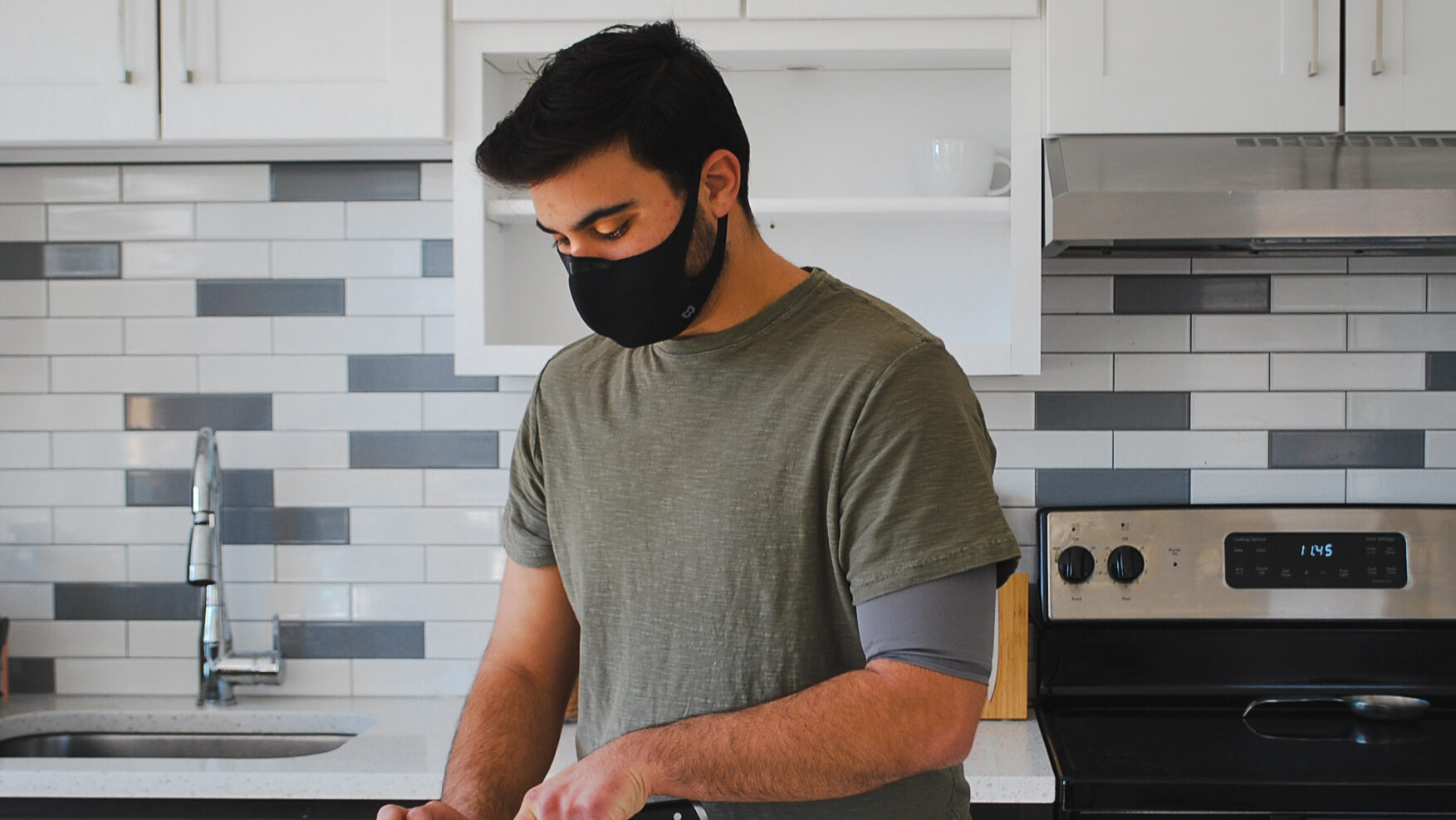Is it time to decide which medical device is right for you? There are a lot of reasons why patients may need to get a central line inserted. Sometimes patients are given the option to choose between a PICC line vs. port, but before making your big decision, it’s important to know the facts about both medical devices. In this piece, we’ll cover how each device is inserted, as well as the pros and cons of living with each a PICC line vs. port.
How is a PICC line inserted?
When I got my PICC line, I went to the hospital and had a specialty nurse ultrasound my arm to look for an adequate vein. I was awake during the procedure, but they numb my arm before inserting the catheter. They pushed the catheter through a vein in my arm until it was in the right position, which was identified with an x-ray. Afterward, they bandaged my arm and explained how to care for the PICC line.
The whole PICC line placement procedure took about thirty minutes. They told me I would be a little sore afterward, but I was not pain-free until about two days later. They said everyone is different, and I could have had more pain because my veins were so small. If you want more details, the video below walks you through what happens during a PICC line placement.
How is an implanted port inserted?
I made an appointment with a surgeon to get my port placed. I was in the hospital for about three hours, but the actual surgery only took about 40 minutes. For my port placement, I was in about the same amount of pain, but my healthcare provieders gave me pain medicine, so it was more manageable. Make sure you have a towel or something to put under your seat belt on the way home because that may cause some discomfort.
An implanted port is usually placed on the chest wall. An incision of approximately 3 cm is made in the skin on the front of the chest, where a “pocket” is created under the skin for the port to be inserted. Using ultrasound guidance, access is gained to the vein via a small (5mm) incision.
The tube (catheter) is then fed through the vein until the tip of the catheter is sitting in one of the large veins in your chest. A small tunnel is made in the skin for the tube to pass through, and the other end is connected to the implanted port. Correct positioning of the catheter is confirmed by fluoroscopy (using an x-ray). The incisions under the collarbone and the side of the neck are closed with dissolvable sutures (stitches), and a small sterile dressing is put in place. Below, you will find a list of the pros and cons of living with a PICC line vs. a port based on my experience living with both medical devices.
Pros and cons of living with a PICC line
Pros:
- Less invasive and less expensive procedure
- Good short-term option if you only need an IV for a few months
Cons:
- A PICC line has to be used or flushed every day
- A PICC Line can not get wet
- You cannot lift weights or do activities with your arms that could risk the PICC line being displaced
For PICC line protection, check out Mighty Well’s daily and waterproof PICC Line Covers here.
Pros and cons of living with a port
Pros:
- Less risk of infection than a PICC line
- A port does not have to be used every day, just flushed every 14 days
- You can de-access your port and go swimming or shower without a shower shield
Cons:
- More invasive procedure (surgery to get it placed and taken out once you are all done with treatment)
- The procedure can be expensive, depending on your health insurance
- It’s much harder to access an implanted port vs. a PICC line
Got more questions about PICC lines vs. ports? Check out the PICC Line Care Hub and Implanted Port Hub for more details.



6 Responses
Thank you so much for your experience. We are trying to decide the best route for our daughter and this was incredibly helpful.
I’m so glad! Feel free to reach out or join our Friends in the Fight facebook group (click here) if you have any questions or are looking for support. We’ve been there!
Thank you for sharing your journey. I am a phlebotomist and have looked all over the internet for some guidance on what all these tubes are! We don’t get trained on it at the hospital where I work! This really helped me understand. You are beautiful btw. I wish you well and much love and many blessings! Lana (Casper, WY)
I can only comment on a port.
It was a God send.
until the nurse flushing it, forced a flush. I had a painful feeling in my neck, the nurse then said to me. well it’s not my fault.
You dont force a flush.
She blew my port apart.
Had to go to emergency , they went through my groin to retrieve the pirt line.
Then had to have the rest of the port removed.
But I still reccomend a port.
I’m getting a port next week. Your article is helpful to explain to family, thank you. Is your port on your left or right side?
I hope it went well! I’m glad we could help. As I’m sure you’ve not learned, ports are typically on the right side. Good luck with your treatments ♡